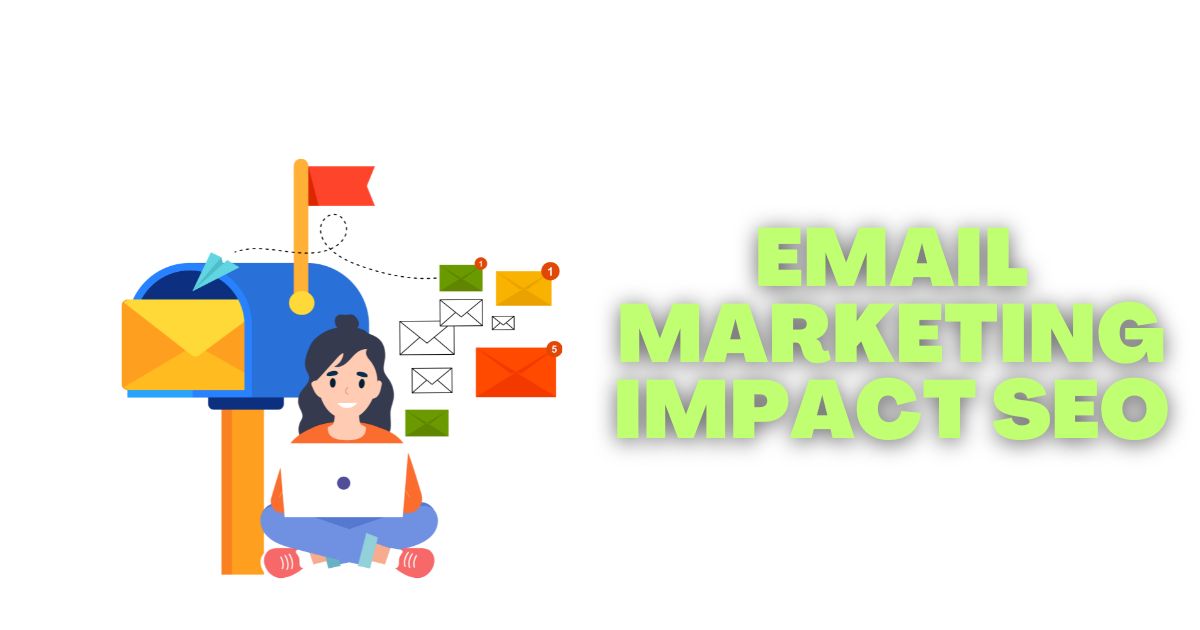
Many marketers treat email marketing and search engine optimization as separate strategies, but the reality is more nuanced. While email marketing doesn’t directly influence your search rankings through traditional SEO factors, it creates a web of indirect benefits that can significantly boost your organic visibility.
Understanding this relationship can transform how you approach both channels. Instead of viewing them as isolated tactics, you can leverage their synergy to amplify your overall digital marketing performance. Let’s explore how email marketing quietly supports your SEO efforts and why this connection matters more than you might think.
How Email Marketing Indirectly Supports SEO
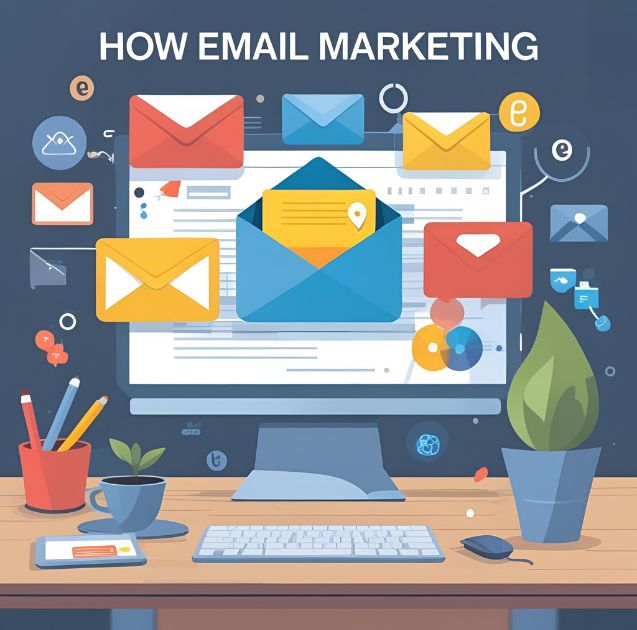
Email marketing influences SEO through several behavioral and engagement pathways that search engines value highly.
Driving High-Quality Traffic
When subscribers click through from your emails to your website, they typically exhibit strong engagement signals. These visitors often spend more time on your site, browse multiple pages, and have lower bounce rates compared to other traffic sources. Search engines interpret these positive user behavior signals as indicators of content quality and relevance.
Email subscribers already have a relationship with your brand, making them more likely to engage meaningfully with your content. This engaged traffic sends powerful signals to search algorithms about your site’s value.
Boosting Social Shares and Backlinks
Email campaigns can amplify your content’s reach beyond your subscriber list. When you share valuable content via email, engaged subscribers are more likely to share it on social media platforms or reference it in their own content, potentially generating backlinks.
These social signals and natural link-building opportunities contribute to your overall SEO profile. While social shares aren’t direct ranking factors, they increase content visibility and can lead to genuine backlinks from other websites.
Enhancing Brand Recognition
Consistent email communication keeps your brand top-of-mind for subscribers. When these individuals later search for topics related to your expertise, they’re more likely to recognize and click on your search results. This improved click-through rate from search results pages can positively influence your rankings over time.
Email Marketing Strategies That Support SEO Goals
Content Distribution and Promotion
Use your email list to promote your latest blog posts, guides, and resource pages. This immediate distribution helps new content gain initial traction and engagement, which can support its search performance.
Consider segmenting your email list based on interests to ensure the right content reaches the most engaged audience. When relevant subscribers receive content that matches their needs, they’re more likely to engage deeply with it.
Repurposing Email Content for SEO
Transform your most successful email campaigns into blog content. Popular email topics often indicate subjects your audience cares about, making them excellent candidates for SEO-focused content development.
You can expand email newsletters into comprehensive blog posts, create FAQ pages based on common email responses, or develop landing pages around your most clicked email topics.
Building Email Lists Through SEO Content
Your SEO content can serve as a powerful lead magnet for email list building. Blog posts that rank well in search results provide opportunities to capture email addresses through relevant opt-in offers.
Create content upgrades related to your blog posts, such as downloadable guides, checklists, or templates. When organic traffic converts into email subscribers, you create a sustainable cycle where SEO feeds email marketing, which then supports future SEO efforts.
Measuring the SEO Impact of Email Marketing
Traffic Quality Metrics
Monitor how email traffic behaves on your website compared to other sources. Look at metrics like:
- Average session duration from email traffic
- Pages per session for email visitors
- Bounce rate of email-referred traffic
- Conversion rates from email campaigns
These metrics help you understand whether your email marketing drives the type of engagement that supports SEO goals.
Brand Search Volume
Track searches for your brand name and branded terms over time. Effective email marketing often correlates with increased brand awareness, which can manifest as higher branded search volume.
Use tools like Google Trends or your website analytics to monitor how your brand’s search volume changes in relation to major email campaigns or consistent email marketing efforts.
Content Performance Correlation
Compare the performance of content promoted via email against content that wasn’t. Look for patterns in organic traffic growth, social shares, and backlink acquisition between promoted and non-promoted content.
This analysis can help you identify which types of content benefit most from email promotion and refine your integrated marketing approach.
Common Misconceptions About Email and SEO
Direct Ranking Factor Myth
Email marketing is not a direct SEO ranking factor. Search engines don’t have access to your email marketing metrics, and email campaign performance doesn’t directly influence your search rankings.
However, this doesn’t diminish the value of the indirect connections between email marketing and SEO success.
Email List Size Equals SEO Success
A large email list doesn’t automatically translate to better SEO performance. The quality of engagement matters more than quantity. A smaller, highly engaged email list often provides more SEO benefits than a large, disengaged subscriber base.
Focus on building an email list of genuinely interested subscribers rather than pursuing vanity metrics.
Best Practices for Integrating Email and SEO
Consistent Messaging and Keywords
Maintain consistency between your email content and website content. Use similar language, terminology, and keyword themes across both channels to reinforce your topical authority.
This consistency helps search engines better understand your expertise areas and can improve your content’s relevance signals.
Cross-Channel Content Planning
Plan your content calendar to maximize synergy between email and SEO efforts. Consider how blog content can be adapted for email campaigns and how email topics might inspire new SEO content.
This integrated approach ensures both channels support your overall content marketing goals rather than competing for resources.
Technical Considerations
Ensure your email campaigns drive traffic to fast-loading, mobile-friendly pages. Poor user experience after email clicks can harm the positive signals you’re trying to generate.
Use proper tracking to monitor email traffic behavior and identify opportunities for website optimization based on how email subscribers interact with your content.
Maximizing Your Email Marketing and SEO Synergy
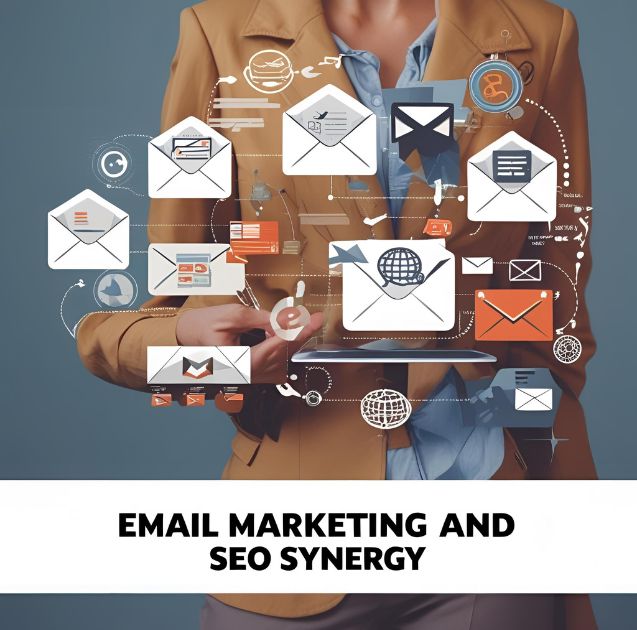
Email marketing and SEO work best when viewed as complementary parts of a unified digital marketing strategy. While email doesn’t directly boost your search rankings, it creates numerous opportunities to enhance the user signals and engagement metrics that search engines value.
Start by auditing your current email campaigns to identify opportunities for better SEO integration. Look for ways to drive more qualified traffic to your best content, encourage deeper engagement with your website, and build stronger brand recognition among your target audience.
The most successful digital marketing strategies recognize these channel interconnections and leverage them strategically. By understanding how email marketing supports your SEO efforts, you can create more cohesive campaigns that amplify results across both channels.















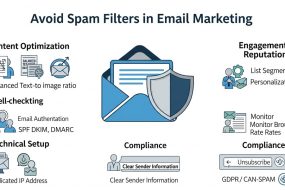
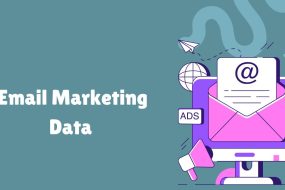
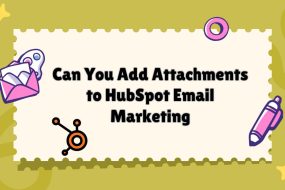
No Comments